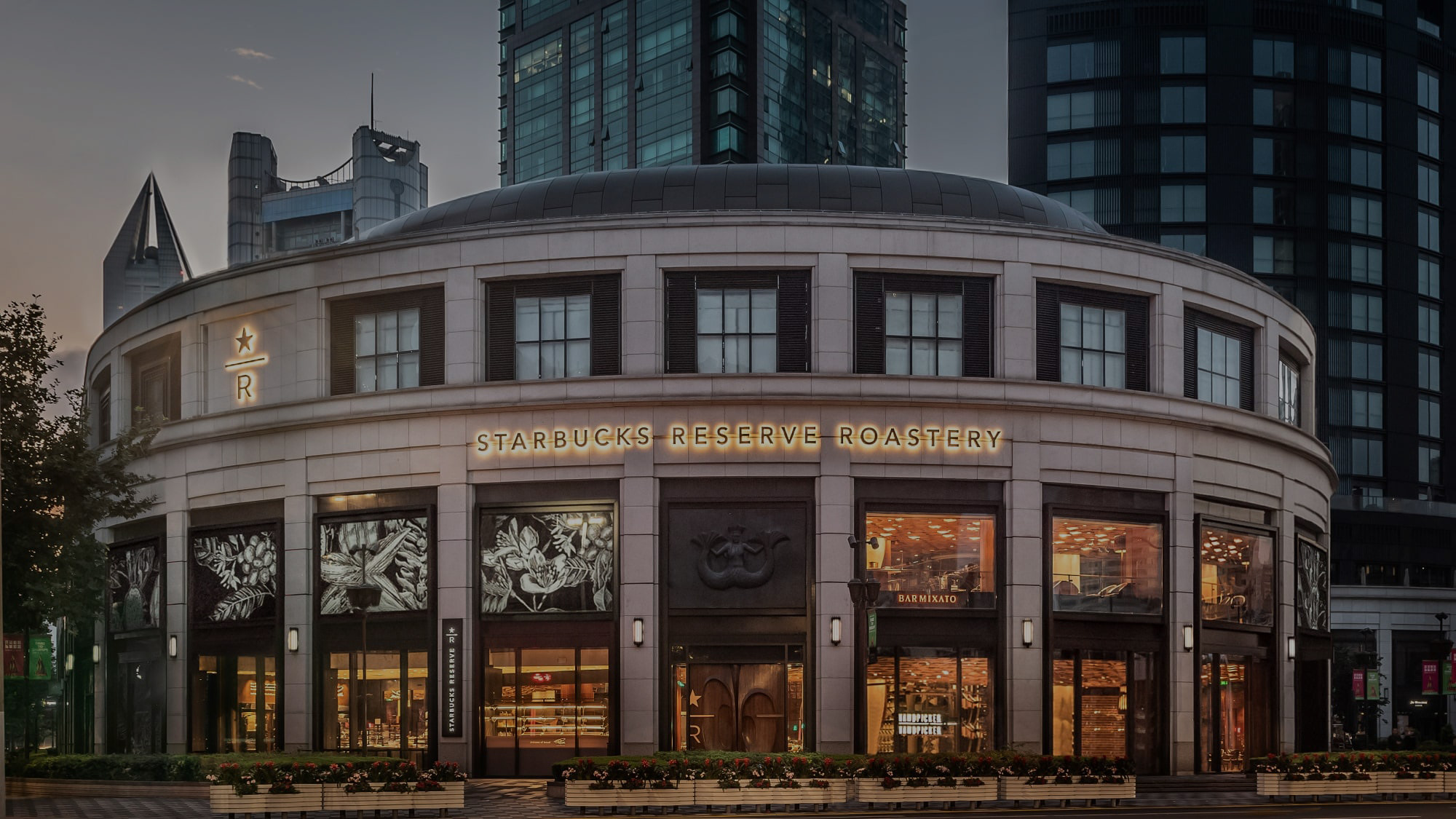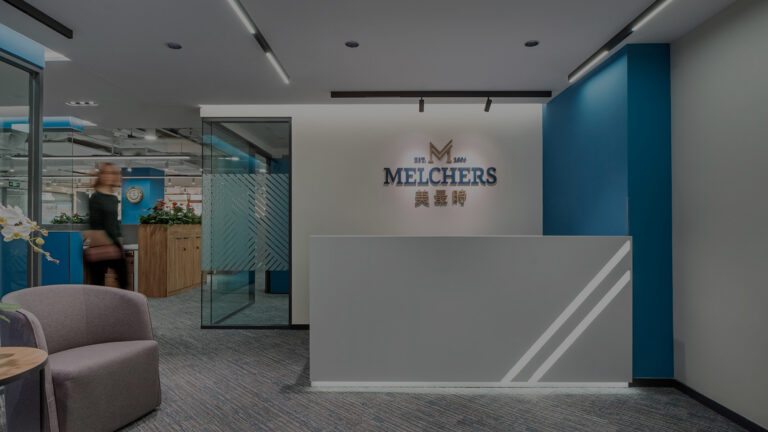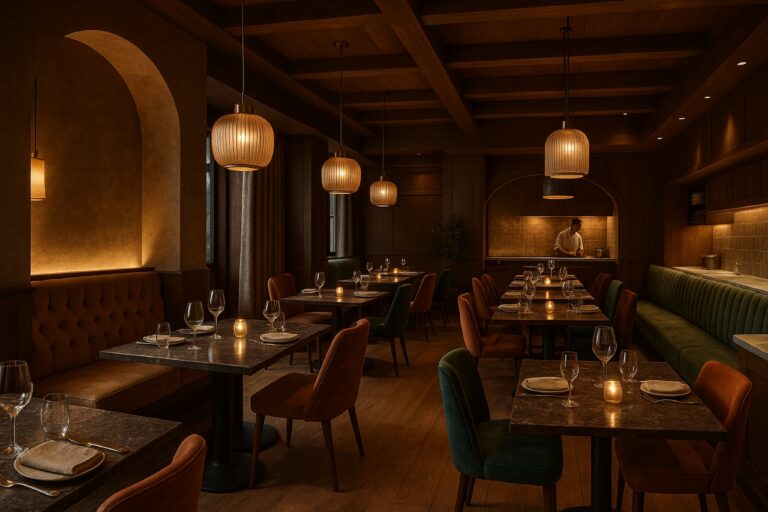The month of April marks the annual celebration of Earth Day. After an unexpected year of social challenges, it was surprising to see the positive impact it had on the global environment. With a reduction of more than 7% globally in CO2 emissions due to stay at home orders issued by governments around the world, factories saw a decrease in their production levels which adversely created a positive impact on pollution levels, drastically improving the overall air quality in major cities around the world including, Beijing, Paris, and Mumbai among others. Seeing such a significant improvement in a matter of weeks proves that sustainable measures taken by retailers can also prove to have a positive impact on achieving a better environmental standard globally.
While it is quite obvious that the redesign of products utilizing sustainable materials is the first step that brands typically take towards higher environmental standards, sustainable retail design is another important factor that can have an impact on being more environmentally conscious as a brand.
Key design elements of sustainable retail design include the following:
- LED & Natural lighting
- Reclaimed materials
- Recycled materials
- Store layout and schematic design
- Technology integration
Every market has different standards of sustainability which are strongly influenced by governmental policy. These measures aren’t anything super new to the retail design world. One noticeable difference is an increased focus on opening stores with LEED certification. In many markets around the world, having a LEED certification, shows that a brand continually meets the environmental standards and regulations within that market. LEED stands for Leadership in Energy and Environmental Design which provides different levels of certification requirements depending on the type of building, construction regulations, material specifications, and local regulations into account throughout the construction and design process.
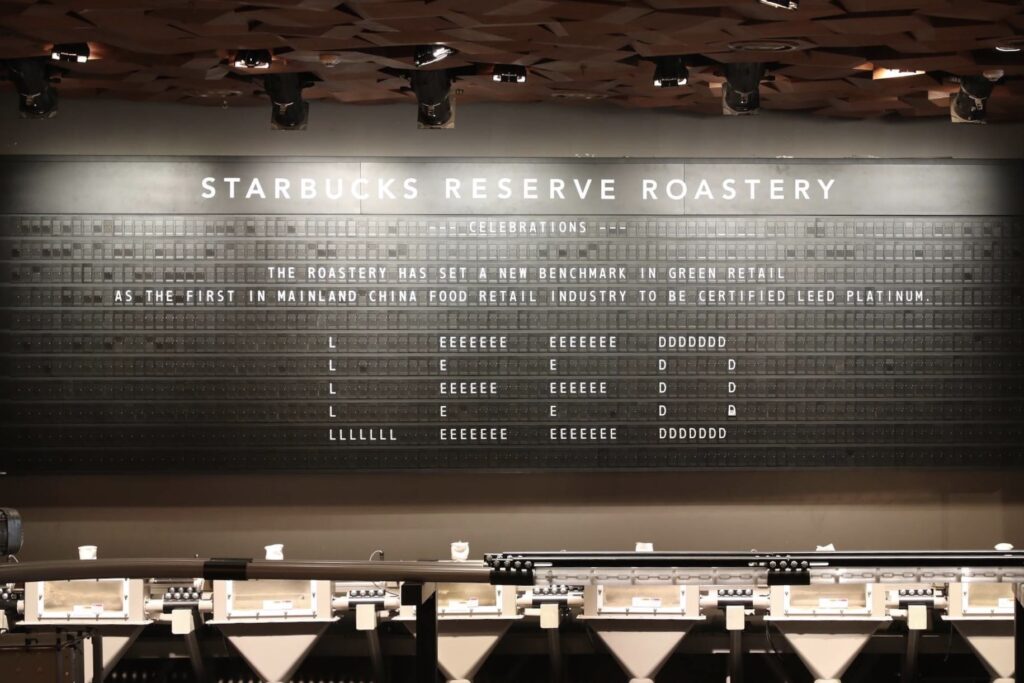
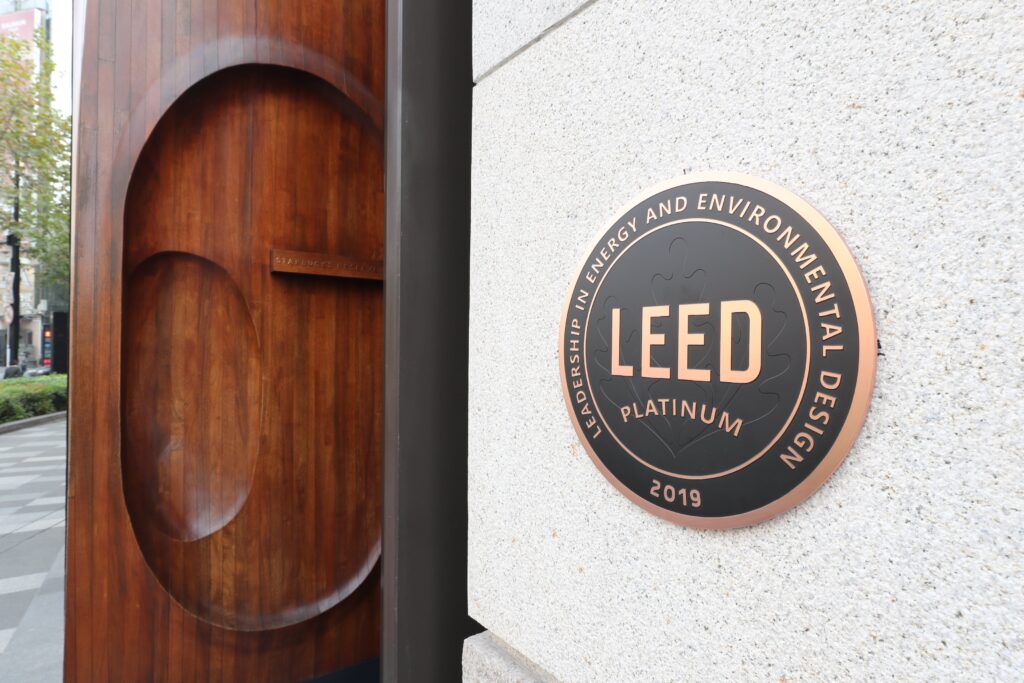
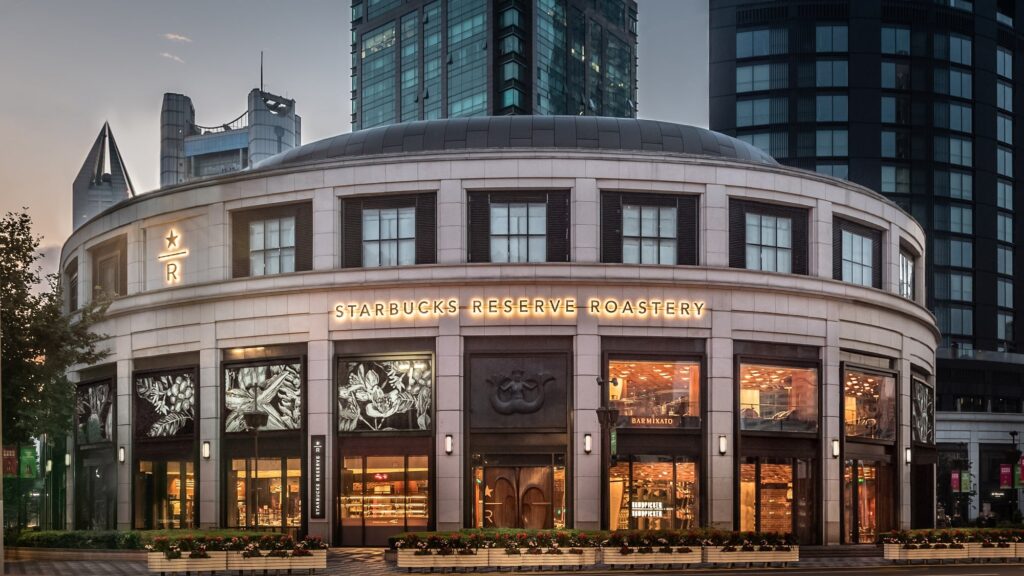
“Startbucks pledged to open 10,000 LEED Certified stores globally by 2025”
In addition to having a LEED certification, brands need to consider how they can achieve environmentally sustainable retail designs while also ensuring customer safety during their shopping experience. During the pandemic there were a few different design trends that became more common practice for retail brands to follow, most of which are expected to become a new standard for future retail developments. Some things brands implemented included socially distanced experiences, additional partitions between customers, and disinfectant methods of different products and in-store surfaces.
A thoughtful step that retail brands in China can take to become more sustainable and reduce waste can also include the production of pop-up stores, exhibition stands and furniture for events for the long term, including the storage in warehouses while not in use. While such practices are the standard in Europe and the US, these practices are not only uncommon but also completely unpractical in China. It is typically cheaper to reproduce new exhibition stand designs than to reuse existing ones in China. This is due to a combination of factors including, a less skilled workforce in the exhibition production sector as well as the use of different materials available and regulations from exhibition organizers. Other factors of added costs for reuse of materials fees transportation and warehouse costs and adverse climate conditions which damage wooden furniture over time.
However, at 5 Star Plus Retail Design, we have started to receive increasing inquiries for the design and production of temporary retail space concepts that are planned to be used in the long term at different times and locations. For some of our clients, quality and sustainability have already become more important that cost considerations only.
Additional technology incorporation provides consumers with an experience without physically interacting with others and products. The flexibility of technology allows the brand to continually adjust the products customers interact with without the reconstruction of an existing space. Small format retail stores continued to grow in popularity due the limitations for large numbers of people. It made more sense for some brands to utilize a smaller space more experienced focused for consumers. With a smaller retail space available, product selections must be prioritized based on the demand of that location. Layout and customer flow is another aspect that must be considered in the overall design. Keeping a small-format retail store reduces the level of energy and waste produced by the outlet when compared to a much larger retail space. The reduction in operational cost for a smaller store is truly a sustainable benefit to the brand.
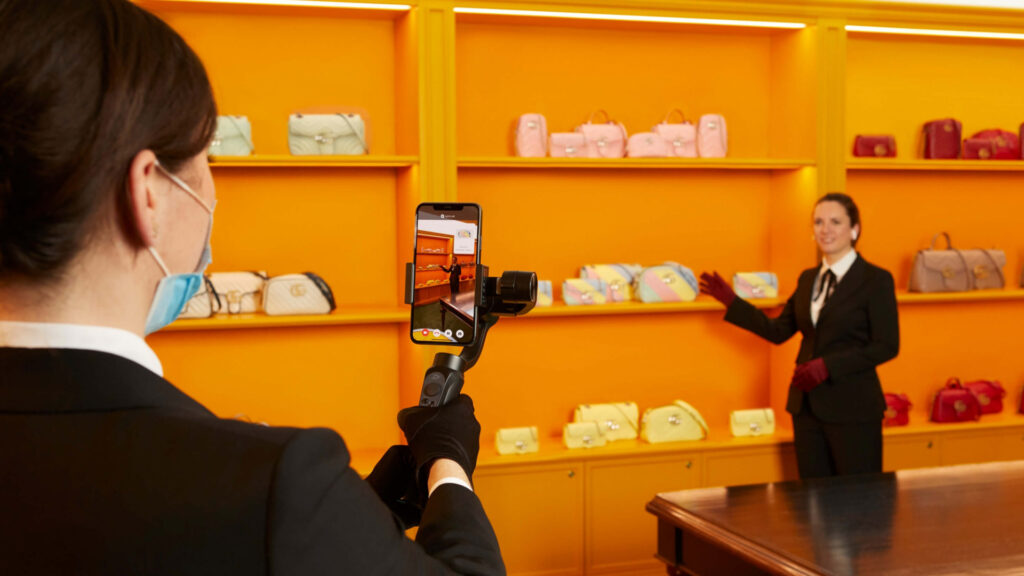
Live-streaming events with KOLs and personal shoppers is another way brands added to a safer experience for guests. Gucci experimented with the use of faux-shops where personal shoppers could guide their clients through the ‘store’ while showing them only hand selected products. Personal sessions allowed shoppers to ask their guide questions about the products before purchasing them for delivery to their homes. Faux stores are constructed with less materials than a pop-up or retail store and can be easily refitted to suit the aesthetic of new product lines and VI design. It also ensures that live-stream sessions convey a similar VI design to other sales channels of the brand.
Outlook
The future of retail is sustainable, and sustainable means it’s here to stay. Moving forward, brands will continue to consider how they can reduce their overall green impact towards the environment. Innovative product and packaging design, thoughtful use of sustainable design elements, health & safety measures, and technology integration are the key to achieving sustainable retail goals to satisfy consumers and local governments.

